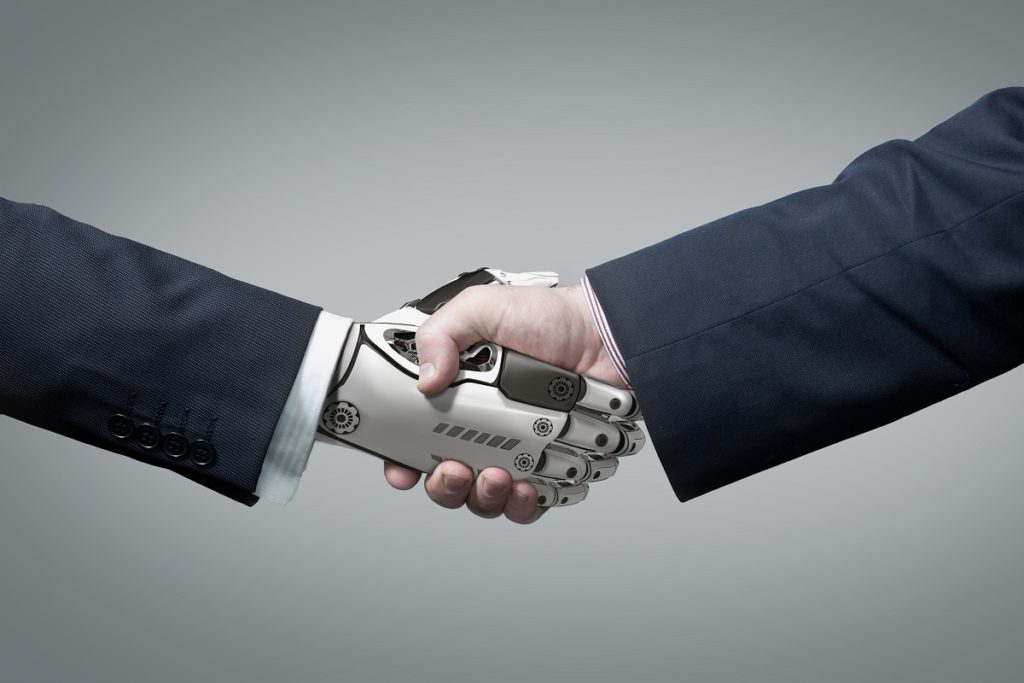This year has seen many changes happening around the globe. In particular, the spread of the COVID-19 virus has forced everyone to make serious adjustments. One of the pandemic’s notable impacts is the acceleration of the development and use of automation systems. Many have been working from home to prevent the spread of the virus, prompting them to digitize and automate their workflows even more.
But while automation is faster and more efficient, its accelerated invasion aggravates already persistent problems. As automation systems grow smarter, more and more of our workforce is going to lose their jobs. Many have already been forced into unemployment because of the pandemic. To keep the human workforce employed, we should strive to design systems that complement human abilities so that the two can work together.
Automation in business
Project management. Workflow automation software such as CAPSHER automation can automate manual tasks, such as lead nurturing and data entry. In employing such solutions, companies can now speed up their workflows and minimize errors.
Information technology (IT). It was recently announced that ServiceNow and IBM have teamed up to create an integrated IT solution. The product combines ServiceNow’s IT Service Management (ITSM) and IT Operations Management) with IBM’s Watson AIOps to deliver efficient IT solutions faster than a human IT worker. It will use machine learning to interpret IT issues and incidents for smoother operations in the future.
Accounting. Small business owners can now look to accounting software for their bookkeeping needs. Working with a human accountant means that a business owner won’t always have immediate access to their financial records. But using accounting software such as QuickBooks enables them to access their records from the cloud on any device and even while on the go.
Retail and foodservice. Robots are famously tasked with doing “dull, dirty, and dangerous” jobs, so it’s no surprise that certain retail companies have enlisted them to do so. Retail giant Amazon has robots in its warehouse to sort, pack, and ship orders. Walmart uses robots to clean its floors. McDonald’s is testing robots to work as cooks and servers.
Automation in medicine

In discussing how automation is helping us in the year 2020, we can’t ignore its impacts on the medical field.
Robots alone are helping medical professionals and patients in the fight against COVID-19. Earlier this year, Denmark developed a “swab robot” that provides efficient mass testing for the virus while enabling the practice of social distancing. In other parts of the world, robots are helping to mass-produce COVID-19 testing kits.
In general, automation allows medical professionals to take care of their patients better. Wearable medical devices, also known as “wearables” for short, conduct diagnoses and vital checks on patients while causing them little to no inconveniences. When paired with Remote Patient Monitoring (RPM), the system performs diagnoses and records data sent to the patient’s physician.
Related: 5 New and Emerging Wearable Medical Devices
At pharmacies, robots note prescriptions, dispense medications, and log inventories faster than human workers would.
Other fields
Beyond medicine and business, automation helps us in many other fields, particularly in the fight against climate change. A Canadian startup called Flash Forest is using drones to plant tens of thousands of trees in Toronto. Their goal is to meet a quota of 1 billion trees by 2028.
Drones also make good inspection tools. They can monitor the degree of deforestation and environmental quality in areas that are too dangerous for humans to expose themselves to, such as the city of Pripyat, where the Chernobyl nuclear disaster occurred in 1986.
Where do we fit into all of this?
With all these exciting and useful developments in automation, it’s important to ask ourselves this question. While the rise of these systems will threaten not all jobs, it’s clear that many humans are at risk of losing their jobs to machines. Many already have. The jobs that face the highest risks of an automation invasion are routine jobs, such as accountancy, administration, and IT support.
The ideal future for us is to have robots and AI systems that are not so smart that they can completely replace human workers. The goal is for us to have automation systems that can complement human work so that the two can achieve the best results by working together.
The developments in automation present us with endless solutions, but they also bring us closer to job extinction in certain positions. To keep human workers employed, we must focus on reskilling today’s workers and future generations of workers to meet their workplaces’ changing demands.
